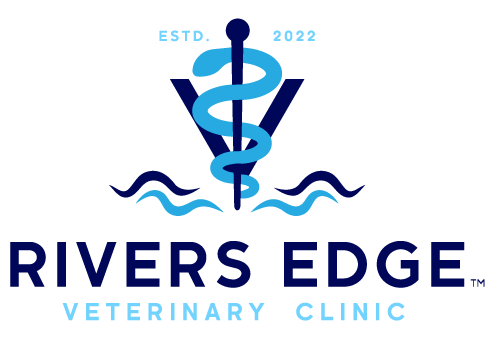Library
-
An E-collar or cone may be needed after your cat has surgery or if she has a wound. It can prevent your cat from licking their wound or scratching a wound on their head. Your cat should wear the E-collar following the directions provided by your veterinarian. You may need to make a few adjustments in your home to ensure your cat does not get stuck in confined spaces. It is not recommended to let your cat outdoors while she is wearing the collar. Also, you may need to adjust her feeding station to assist with eating. If your cat will not tolerate the E-collar, discuss other options with your veterinarian.
-
Emergencies arise unexpectedly, and it is important to stay calm. After realizing what has occurred, it is important to contact your veterinarian to provide the best chance for a successful outcome. Once you have received initial instructions, it is important to transport your cat to your veterinarian for a complete examination as soon as possible.
-
Emodepside/praziquantel (brand name Profender®), is an antiparasitic drug used to treat and control hookworms, roundworms, and tapeworms in cats. Empodepside with praziquantel comes in topical solution form that is applied directly to the skin.
-
Enalapril is used on and off label and is given by mouth or injection to treat heart failure, high blood pressure, chronic kidney disease, or proteinuria. Common side effects include loss of appetite, vomiting, diarrhea, and tiredness. Do not use in pets that are allergic to it, have an acute kidney injury, or have certain heart conditions.
-
Endocarditis is an infection of a heart valve, most often affecting the mitral or aortic valve. It can arise any time that bacteria enter the bloodstream, though it is more common when the heart valve has already been damaged for some other reason. The clinical signs of endocarditis are often nonspecific in the early stages, but may progress to include signs of heart failure later in the course of the disease. The diagnosis and treatment of endocarditis can present a challenge, requiring multiple tests and prolonged courses of antibiotic therapy.
-
Heart Disease in Cats
Las enfermedades cardíacas son condiciones muy graves tanto en perros como en gatos, y como en personas. Los gatos normalmente no desarrollan arterioesclerosis o enfermedades de las arterias coronarias, como ocurre comúnmente en los humanos.
-
Congestive Heart Failure in Dogs
La insuficiencia cardiaca es la incapacidad del corazón para mantener un aporte de sangre suficiente para satisfacer las necesidades del organismo. Una insuficiencia cardiaca suele reflejar un fallo del músculo cardiaco (insuficiencia miocárdica), que puede afectar al ventrículo izquierdo o al derecho.
-
Anal Sac Disease in Cats
Los sacos anales son dos pequeñas bolsas localizadas a ambos lados del ano, aproximadamente en posición de las agujas del reloj marcando las 4 y las 8. Las paredes de los sacos anales contienen numerosas glándulas sebáceas (sudor) que producen un fluido con un olor muy desagradable para los humanos.
-
Heartworm Disease in Cats
El gusano del corazón es un parásito de la sangre llamado Dirofilaria immitis que reside en el corazón o en los grandes vasos sanguíneos de los animales infectados.
-
Feline Leukemia Virus Disease Complex
El virus de la leucemia felina (FeLV) es una de las enfermedades infecciosas virales más importantes en gatos. Cuando se describió por primera vez se identificó como una forma de leucemia, y de ahí su nombre. El FeLV provoca diferentes enfermedades, no solo la leucemia.

